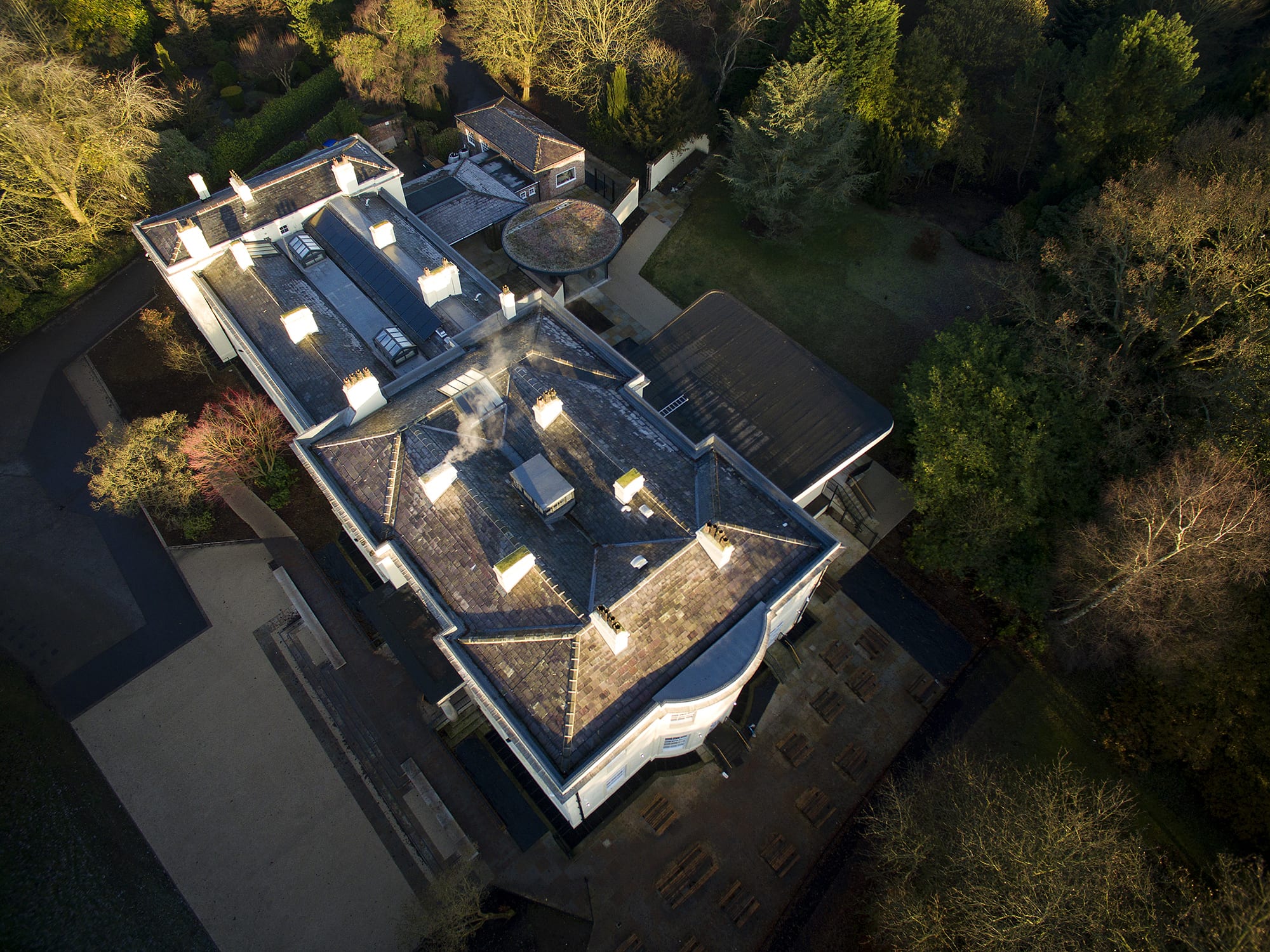Set in Liverpool’s Calderstones Park, the Calderstones Mansion is a three-floor Grade II listed Georgian building, constructed in 1824, with a separate stable yard and coach house. In 1875, the house and estate were purchased by the McIver family, owners of the Cunard Line.
The family bequeathed the grounds to the city of Liverpool as a public park in 1902 and in the 1940s the mansion house itself became council offices, falling gradually into disrepair. In 2013, The Reader, a national charity dedicated to improving literacy, was given a 125-year lease to use the house and associated buildings for educational events and activities, winning Heritage Lottery funding for a complete renovation and re-development.
For this high-profile project, Complete Roofing Systems was hired by the main contractor, John Turner Construction Group, to completely strip and re-slate the mansion house, waterproof the existing gutters and install new downpipes. Other works included the installation of a green roof and a felt system to other buildings.















